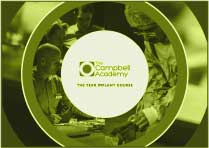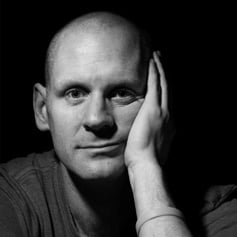
The final insight at the moment from the Simon Sinek book ‘Leaders eat Last’.
Opinions on people’s behaviour is one thing but examination through science and explanation through physiology and anthropology is something more powerful, at least to me. The basis of Simon Sinek’s essay on issues associated with society and leadership are based in four fundamental, physiological chemical groups:
Endorphins – the dentists who read this will understand what endorphins are but not everyone is sure, These are natural, opiate (morphine like) chemicals that are released during fight or flight human responses, exercise, fear and stress. These are the reason why someone who gets his arm cut off by a combine harvester has the ability to pick it up and walk to hospital before he collapses.
Dopamine – this is an extremely addictive and powerful chemical that acts as a reward system, when we killed a Wildebeest as hunter-gatherers endorphins and dopamine surged through our brains and dopamine rewarded us for doing something which helped the tribe. We got dopamine spikes ever so often, rarely, but when we got them they were amazing and they made us want to have more.
These first two chemicals are known as the selfish chemicals. Serotonin is a selfless chemical. Serotonin runs when we are rewarded for helping others or for helping the group or the tribe. When we returned with the wildebeest and laid it down and the tribe, were grateful that they had something to eat, the serotonin flowed. Serotonin is the same drug which is acted upon by Prozac (SSRI – Selective Serotonin Reuptake Inhibitor). Prozac allows us to get some more serotonin into our brain when it is blocked for various reasons.
The final drug is oxytocin. The simplest way to describe this is that it’s the drug that flows when you cuddle your wife or your kids or your dog; but more accurately, when they cuddle you. It’s the drug of belonging and it makes you feel wanted. When you go to the Frank Turner concert in December and he makes everybody turn around to someone they don’t know and give them a hug it’s oxytocin that flows down. It overcomes shyness and it feels amazing.
Not to repeat or regurgitate what Sinek wrote, but a huge problem that we have at the present time is that we have a chemical imbalance provoked by society. In politics and business and society as a whole, we are now dopamine led.
Dopamine is the drug of addiction – alcoholics get dopamine, heroin addicts get dopamine, cigarette smokers get dopamine, people who overeat get dopamine every time they eat, people who buy cars, shoes, bags, shoes or anything else in excess do it for the dopamine. An excess of dopamine and endorphins leads to a decrease in serotonin and oxytocin. A decrease in serotonin and oxytocin leads to loneliness, sadness, lack of fulfillment and lack of contentment, which people seek by habits that increase the dopamine which causes the cycle to continue again. One of the biggest modern dopamine hits possible is through Facebook ‘likes (or equivalent younger generational social media platforms). The funny thing is that people who ‘like’ you on Facebook don’t necessarily like you. When someone ‘likes’ a post they don’t actually, necessarily like it. On Facebook ‘like’ means ‘seen’ but in our brains it means like. The phone pings, the dopamine squirts, the good feeling comes followed by a hangover, followed by a ping followed by dopamine, followed by glee, followed by a hangover. In the past, as Sinek will suggest, we got this dopamine spurt irregularly and it helped push us towards activities that were beneficial to the tribe and allowed us to use our skills. Now it’s just ping, ping, ping, ping, ping – dopamine all the time, serotonin block, no oxytocin on with society.
If I learned anything while I was off work and while I was away from all of that type of interaction, it was that I felt more grateful. I said “hello” to more people as I walked my dog, I spoke to people I would never have spoken to (oxytocin), I had time to do things which I felt were more helpful, more useful (serotonin). I still had little tastes of social media dopamine addiction through the Strava exercise platform when I did a bike ride on my bike – I was disappointed to only get some many ‘likes’ or ‘thumbs up’ but hey, I understand two things:
- I am unlikely to change any of this in anybody else. All I can do is change it in myself and set an example to my children that they can use social media as a tool, and it is a phenomenal tool, but if they overuse it it’s liable to cause a huge detriment in the rest of their life.
- I appreciate the irony of writing and hoping that people might notice or tell me that my writing is acceptable or good or helpful. In the end for me it’s not about casting all these things aside, it’s about using them for their initial intended purposes and striking a balance.
For me and me alone, if I can find gratitude in my life to say thanks for the great things that I have and strike a balance with those things, then at least I will have achieved something – I think something good, in fact.
Blog Post Number – 1199





Leave a comment